Her
24.11.2012 - 31.01.2013
On the occasion of Bi8, Ogni sguardo un passo, the eighth edition of Biennale dell’Immagine, the Rolla Foundation offers an exhibition, Her, that includes a selection of works from the private collection of Rosella and Phil Rolla.
The photographers examine various themes such as portraiture, industrial archeology, the still life, architecture and landscape. The group show covers a time frame of more than a century, from an 1874 albumen print by Julia Margaret Cameron, up to the most recent images of Vera Lutter and Dodo Jin Ming.
List of authors: Hilla Becher, Ruth Bernhard, Edith Bodenstein, Margaret Bourke-White, Julia Margaret Cameron, Elisabeth Chiles, Lynn Davis, Rineke Dijkstra, Flor Garduño, Ruth Hallensleben, Elisabeth Hase, Roni Horn, Dodo Jin Ming, Germaine Krull, Dorothea Lange, Susi Lindig, Vera Lutter, Anna Meschiari, Lucia Moholy, Catherine Opie and Francesca Woodman

Francesca Woodman
Untitled, 1980
gelatin silver print
22.1 × 19.8 cm
Hilla (Wobeser) became interested in photography at an early age thanks to her mother and uncle, both professional photographers. In 1951 she became an apprentice to Walter Eichgrun, a well-known photographer, while at the same time attending, as her mother had already done, photography school at the Lette-Verein in Berlin. While working with Eichgrun, Hilla performs several freelance assignments and shows a strong interest in industrial photography. She becomes a professional photographer in 1954. In 1957 she moves to Hamburg and attends the Düsseldorf Academy, where she meets painting student Bernd Becher. Hilla teaches him photography and together they make their first photographic reportage in the Ruhr region where a huge steel plant was located. In 1961 they married and began working as photographers for the Troost advertising agency in Düsseldorf.
She was the daughter of Lucian Bernhard, one of the most famous publicists in Germany. In 1927 she emigrated to New York with her father, where she began her photographic career. At the beginning of the following decade, she collaborated with the New York magazine Delineator, which gave her the means to buy a camera. Her meeting with Edward Weston marked the turning point in her career. Aesthetically, she was considered a master of photographing the nude in black and white.
Edith Bodenstein She was an active professional photographer in Vienna during the 1930s, mostly working for the design company Wiener Werkstätte, which was founded in 1903 by Josef Hoffmann, Koloman Moser and a banker/financier/art collector by the name of Fritz Waerndorfer
She began taking industrial photographs when she was twenty and had an incredible will power, obsession for perfection and a great desire to gauge herself not only with photography but also with subjects which were unusual for women: the industrial world, current affairs, reportage on America and on things contemporary. In 1929, she came to a professional crossroads, and went to New York to work on the launching of Fortune magazine and, in 1935, of Life magazine. She was the first Western photographer to be allowed inside the USSR to take photos. She became the first female war correspondent of the Second World War and in 1941 became the official photographer of the U.S. Army Air Force.
Julia Margaret Pattle. The daughter of James Pattle, a British officer of the British East India Company and of Adeline de l’Etang, who was a descendent of French aristocrats, Julia Margaret Pattle was an English photographer, and an exponent of pictorialism. She lived in India and in France, and later, with her husband and six children, she settled in Wight, England. Her passion for photography did not begin to develop until 1863. She dedicated herself mainly to portrait and allegoric illustrations of tales and novels. Her images incorporate the dreamy atmosphere of the Victorian era, with a slight out of focus effect that lends her portraits of children and of women immersed in nature an ethereal quality
Elizabeth Chiles Austin, Texas, USA. B.A. in Art History, Columbia University, New York. Master in Fine Art Photography, San Francisco Art Institute. She has taken part at numerous group shows, including “Women and their Work”, at the 2011 Texas Biennial.
She lives in Hudson, New York, USA. She studied at the University of Colorado from 1962 to1964, and at the University of Minnesota from 1964 to1966. In 1970 she received her Bachelor of Fine Arts from the San Francisco Art Institute. In 1974 she began her career as an apprentice for Berenice Abbott. After visiting Greenland in 1986, where she photographed icebergs, she abandoned photographing the human form, and refocused her lens on the monumental landscapes and cultural and architectural icons for which she has become renowned.
She lives in Amsterdam, Holland. She studied at the Rietveld Academie in Amsterdam from 1981 to 1986. Her large-scale color photographs of young, often adolescent subjects, are reminiscent of 17th century Dutch painting. She focuses on single portraits, generally done in series. Her subjects are usually photographed while standing in front of the camera with a minimal background. The very few details in her photographs encourage us to focus on the exchange between the photographer and her subject. Fragility and vulnerability are the important themes in her research.
Between 1931 and 1934 she worked as an apprentice for the famous portrait and landscape photographer Elsbeth Gropp. In 1934, she opened her own studio. After training in portrait photography, she took up her predestined role as an industrial photographer. Her work is not only a poetic vision or a technical experiment but is also a testimony to the historical period she lived in, Germany during the 20th century. Very little room is left to individualism in the name of a more global vision. In 1945, fearing that the allied forces would confiscate all her photographic equipment and archives, she put all this material in three boxes which she buried in the forest of Wiehl. Three years later, two of the three boxes were found with their contents undamaged and she was able to resume her photographic activity.
She was a professional and documentary photographer. In 1923 she moved to Frankfurt where she studied typography and commercial graphic design at art school and at the Städelschule with the artists Paul Renner and Willi Baumeister. In 1932 she became an independent photographer. Her favorite subjects were still life, portraits and selfportraits. In 1944, despite the bombing of Frankfurt, she managed to rescue her archives, but not her technical equipment. With the help of friends who gave her some equipment, she 44 was able to resume her work and became interested in documenting the old city that had been destroyed and in the rebuilding of St. Paul’s Church.
She lives in New York. In 1975, she received her Bachelor of Fine Arts (BFA) with Honors at the Rhode Island School of Design and in 1978 got a scholarship from the University of Yale. She was initially influenced by the minimalist school, propounded by Donald Judd, which she later distanced herself from, developing a personal research focused on the themes of time and identity. She is an artist and a writer. Her art includes sculpture, drawing, photography, language and installation.
For many years, she was a professional violinist. She trained at the Royal Academy of Music and later at the Hong Kong Academy for Performing Arts. In 1992, having never been to an art show before, she saw an exhibition of Joseph Beuys work, and was so overcome by what she saw that she gave up the violin and became a self-taught photographer. She creates extraordinary black and white images which transport the viewer over a precipice which is about to be submerged beneath breaking waves. She prints the images from a combination of two negatives, one of the ocean, the other of the sky, intensifying the power of the impetuous waves under an engulfing sky.
She was a professional photographer, war documentarian and political activist. She studied photography at the Bayerische Staatlehranstalt Lichtbildwesen in Munich, Germany from 1916 to 1918. During the 1920s she worked for the Communist cause, first in Bavaria, then Berlin, and later in Russia, and afterwards, in the Second World War, struggled against the Nazis in Africa, Europe and the Far East. Her nationality was categorized as German, Polish, French and Dutch, and she also lived in Brazil, the Congo Republic, Thailand and India.
In 1902, at the age of seven, a severe type of polio left her with a weakened right leg. Responding with great motivation, she decided to study photography in New York with Clarence White. In 1918, she married the painter Maynard Dixon in San Francisco and later had two children. Aided by a social climate of absolute documentary interest, she formally adhered to the straight photography movement. In 1935 she divorced Dixon and married the economist Paul Schuster Taylor who contributed to her photographic reportages with interviews, data collection and statistical analyses. Starting in 1947, she worked in partnership with the Magnum agency and in 1952 she co-founded Aperture magazine.
She was raised in a family of photographers, in the Canton of Thurgau.
Since 1991, she has been working as a free-lance photographer for social institutions, vocational training centers, advertising agencies and private businesses. She lives in Zurich.
She studied at the Academy of Fine Arts in Munich and at the MFA School of Visual Arts in New York. Vera Lutter’s photographs are unique and irreproducible, since instead of a standard camera she turns a room as big as a shipping container into a giant pinhole camera. The dimensions of the photographic paper and their graininess are the results of personal and courageous experimentation with traditional photographic techniques. She has been able to extend the length of time to impress on the photosensitive film by keeping the camera’s lens open for hours, days or even weeks. She lives in New York City.
She studied photography at the École supérieure d’arts appliqués of Vevey. From September 2008 until 2012, she lived in Berlin where she studied with the photographer Jonas Maron at the Ostkreuzschule für Fotografie. From 2009 until 2012 she studied Communications Design at the University for Applied Sciences in Berlin and worked as a freelance photographer and designer. In 2012, together with 11 other photographers, she founded exp12, a contemporary photography gallery in Berlin. Lives and works in Saint-Pierre-de-Trivisy, France.
Lucy Schulz was born during the last years of the Austro-Hungarian Empire into a non-practicing Jewish family in the Karlín district of Prague, a German-speaking enclave. She was a photographer and writer, referred to as "the Bauhaus photographer," for documenting between 1924 and 1928 the architecture of the buildings (exterior and interior) at the Weimar and Dessau sites, the design objects made in the school's workshops and their masters and makers, interpreted through the aesthetics of Neue Sachlichkeit (New Objectivity), a current of the German photographic avant-garde. In April 1920 Lucia Shultz, met László Moholy-Nagy (1895-1946), a young artist who had emigrated from Hungary, with whom she shared pacifist commitment, expressionist aesthetics and activism in the radical left. Translated with www.DeepL.com/Translator (free version)
He studied at the San Francisco Art Institute and the California Art Institute (CalArts) in Valencia, California, and taught at Yale University. He currently teaches photography at the University of California at Los Angeles. She has photographed San Francisco's gay and lesbian community, surfers waiting for the waves, Minnesota frozen lake fishermen and football players. In 1995, after her Portraits series was exhibited at the Whitney Museum biennial in New York, she decided to take a different artistic path and set aside portraits to capture the Los Angeles highways.
She lives in Los Angeles, California, USA.
Despite her short life, Francesca Woodman was an influential and important artist of the 20th century. She discovered photography at a very young age, developing her first photographs at the age of 13. Francesca Woodman grew up in an artistic family. Her father George was a painter and her mother Betty a ceramicist. She spent many years and many of her summer vacations in Florence, where she attended the second grade and took piano lessons. She appears in many of her photographs and her work focuses primarily on her body and its surroundings.
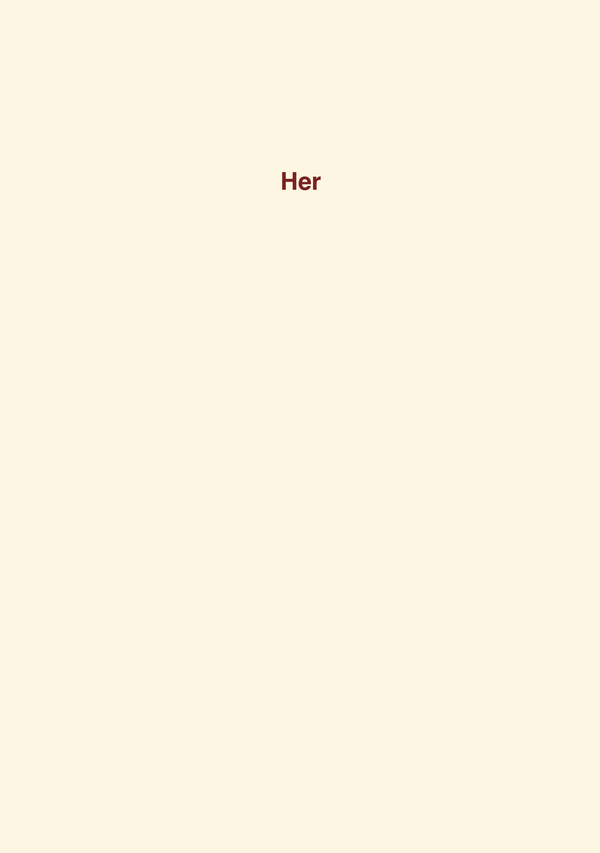
Pages: 48 Softcover
Illustrations: 28 four-color print
Language: Italian/English
Edition: Fondazione Rolla, 2012
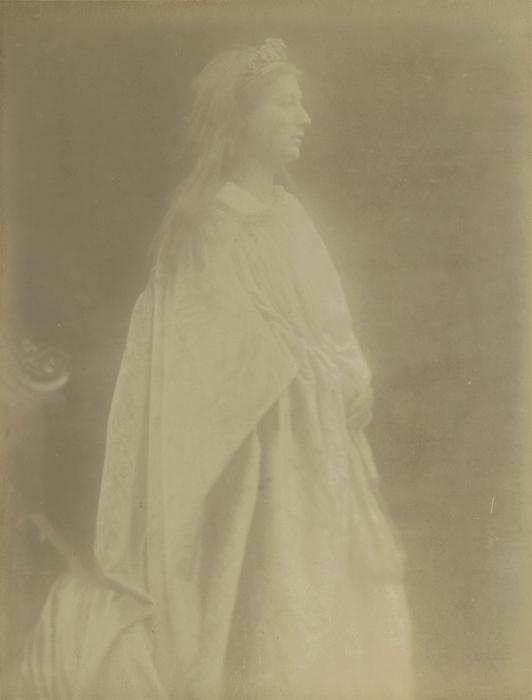
Julia Margaret Cameron
Guinevere, 1874
albumen print
36.7 × 27.5 cm
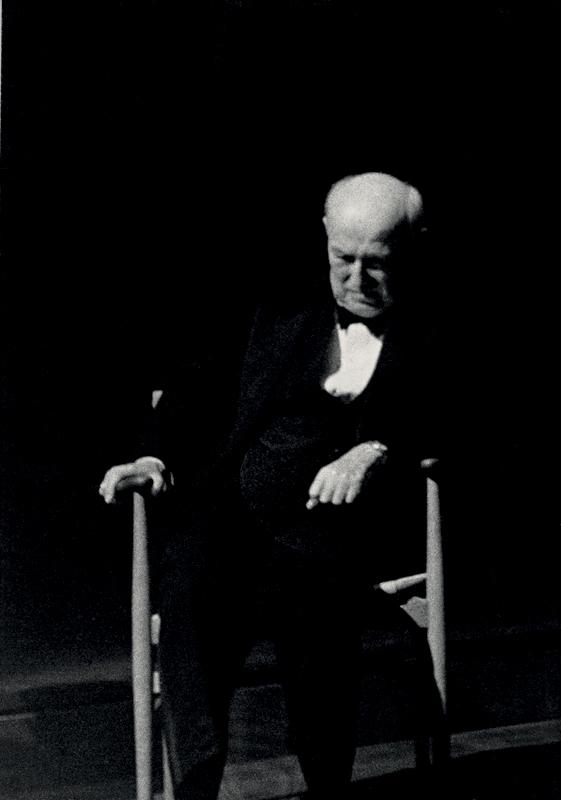
Dorothea Lange
Portrait of Albert Ekus,Composer, 1932
gelatin silver print
12.1 × 17.5 cm
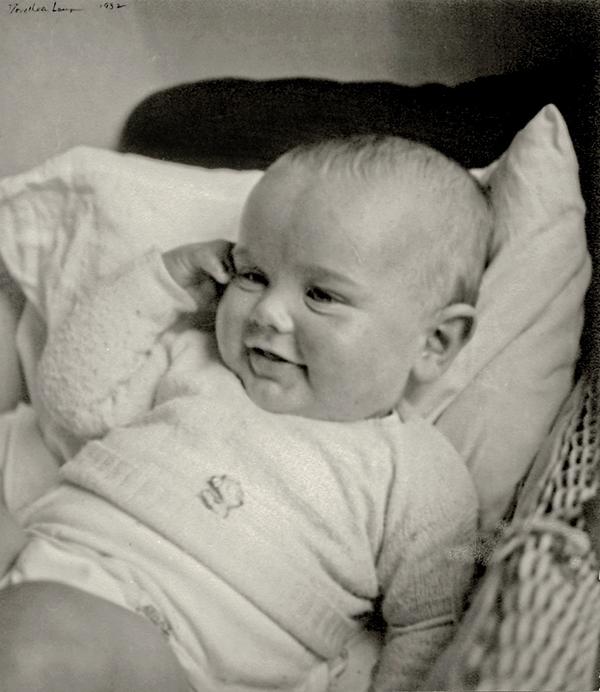
Dorothea Lange
Jonathan Ekus, 1932
gelatin silver print
17.4 × 14.6 cm
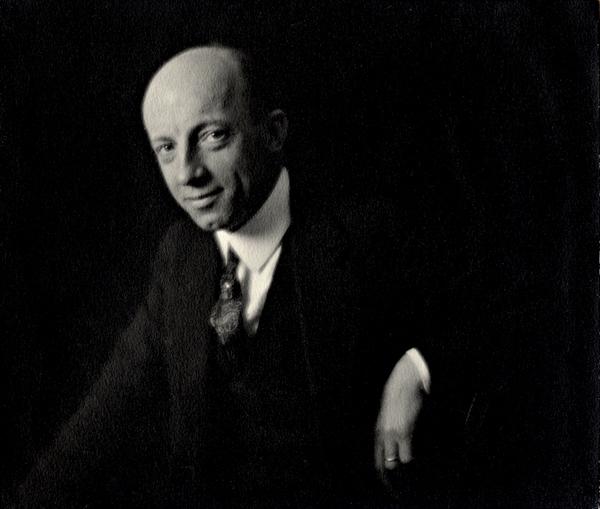
Dorothea Lange
Untitled, 1926
gelatin silver print
14.3 × 17 cm
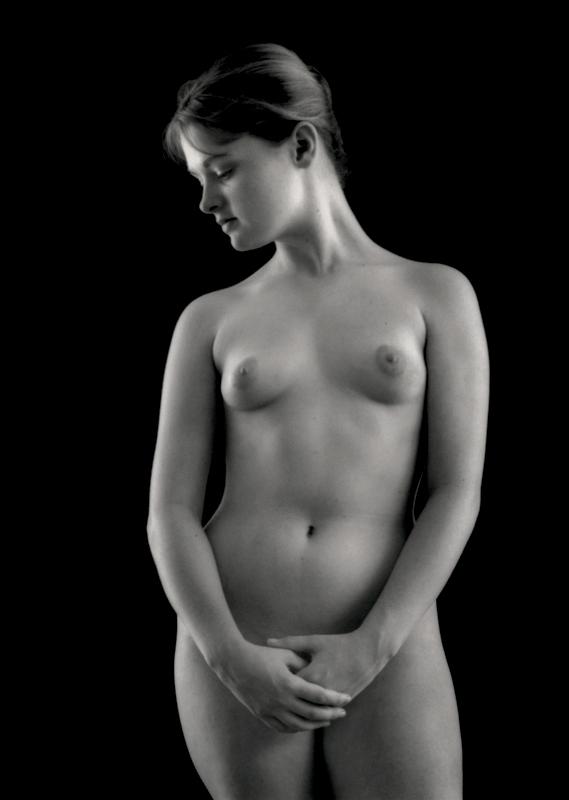
Ruth Bernhard
Victorian nude, 1967
gelatin silver print
25.4 × 18.4 cm
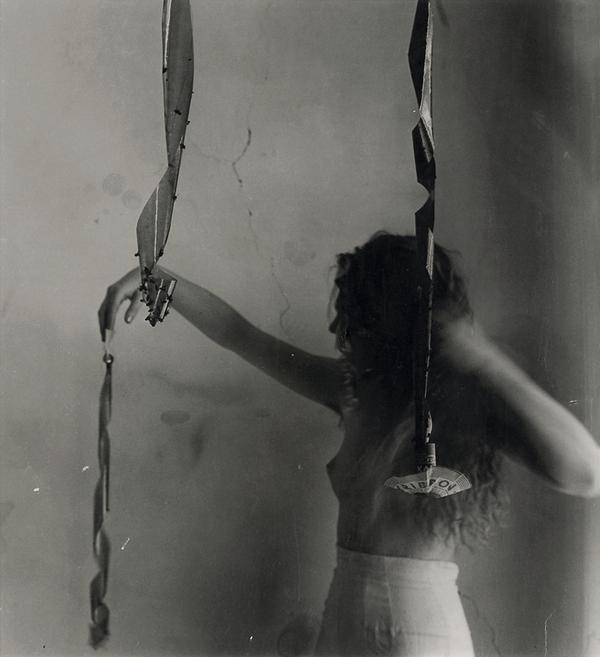
Francesca Woodman
Untitled, 1980
gelatin silver print
22.1 × 19.8 cm
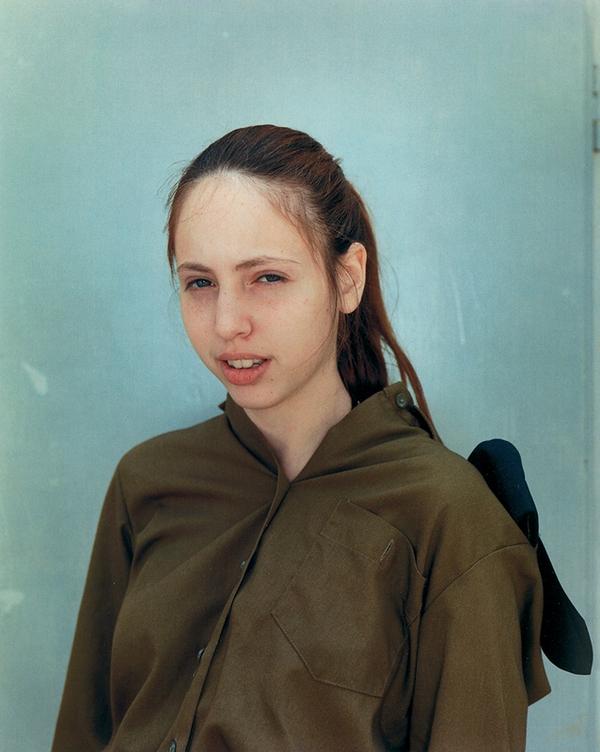
Rineke Dijkstra
Maya, Induction-Centre Tel
Hashomer, Israel, April 12 1999
c-print
91.5 × 73.5 cm
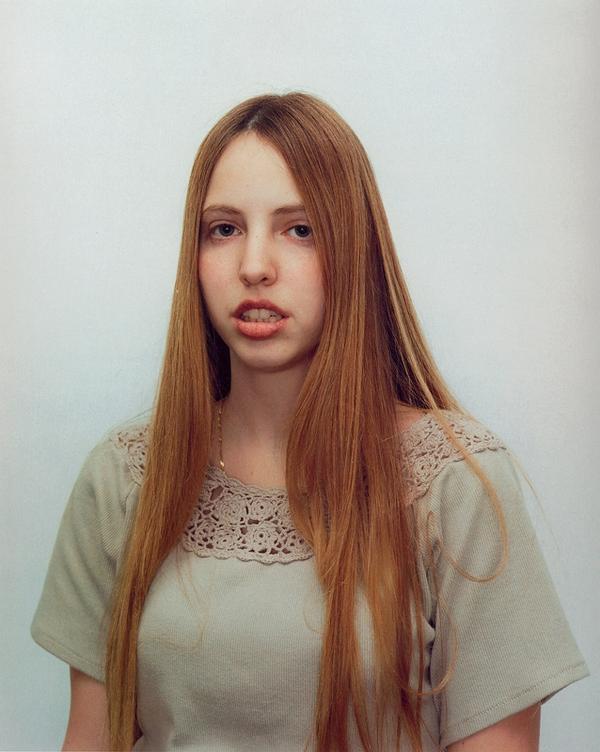
Rineke Dijkstra
Maya, Herziliya, Israel,
November 29 1999
c-print
91.5 × 73.5 cm
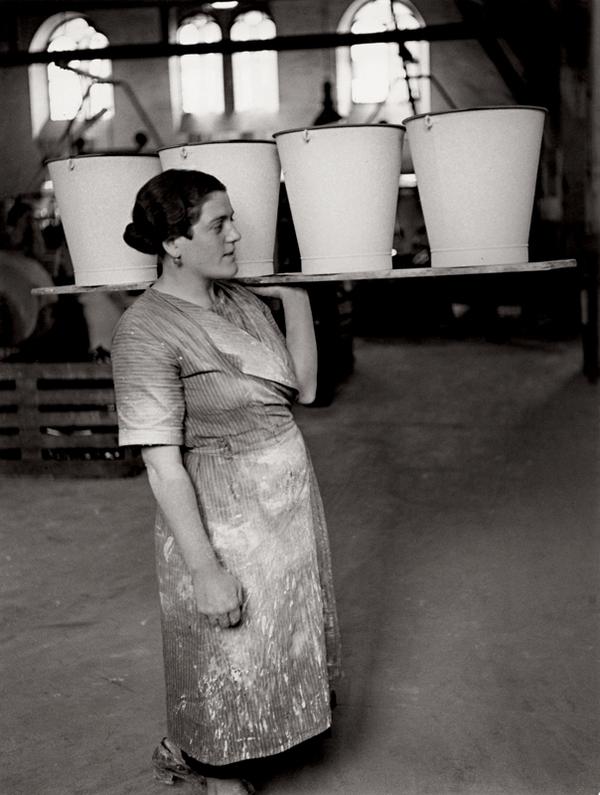
Ruth Hallensleben
Untitled, 1938
gelatin silver print
22.4 × 17 cm
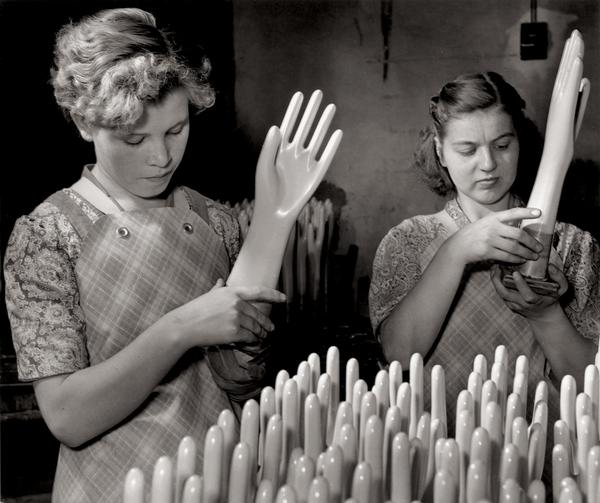
Ruth Hallensleben
Untitled, 1954
gelatin silver print
17.6 × 21 cm
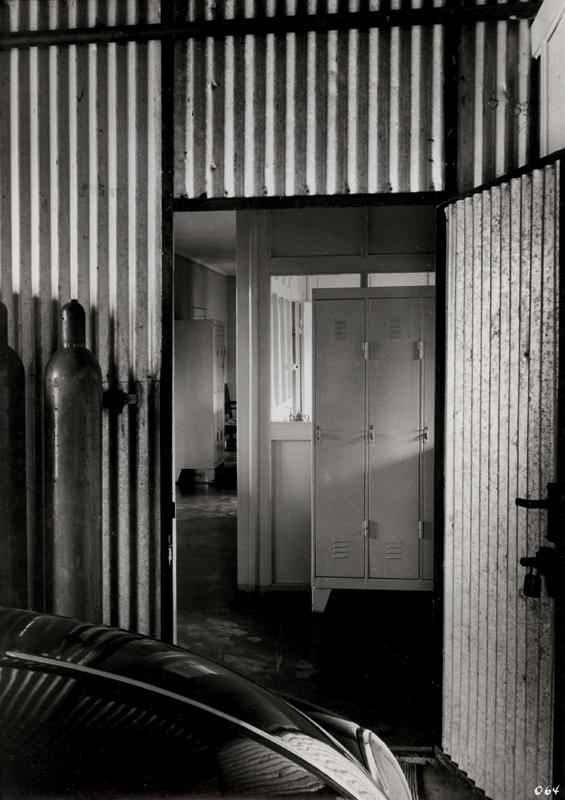
Ruth Hallensleben
Wellblechgarage, 1950s
gelatin silver print
29.1 × 21 cm
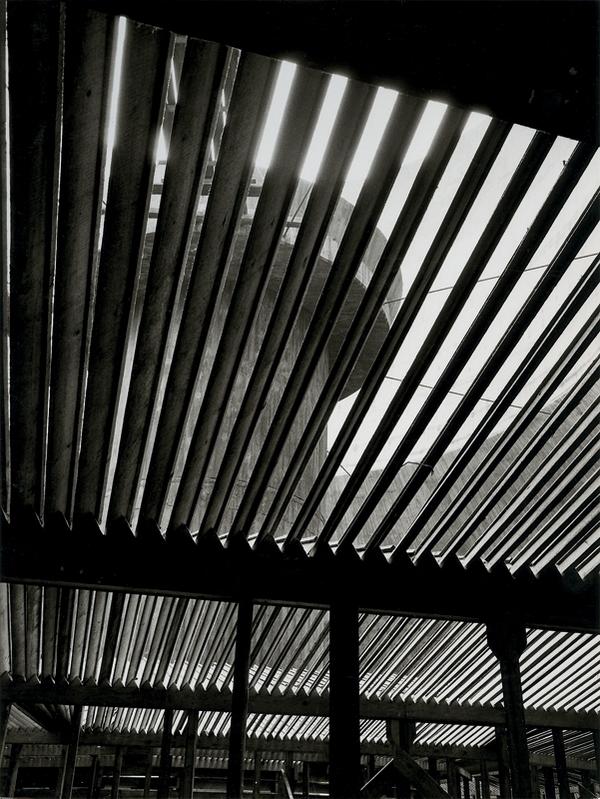
Ruth Hallensleben
Inneres eines modernen Kühlturmes, 1957
gelatin silver print
23.1 × 17.6 cm
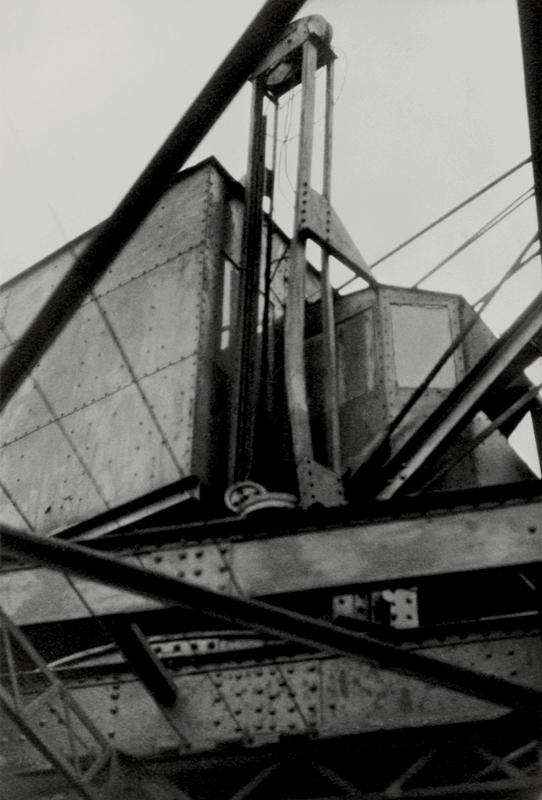
Germaine Krull
Kran im Hafen Von Rotterdam, 1923
gelatin silver print
25.1 × 17 cm
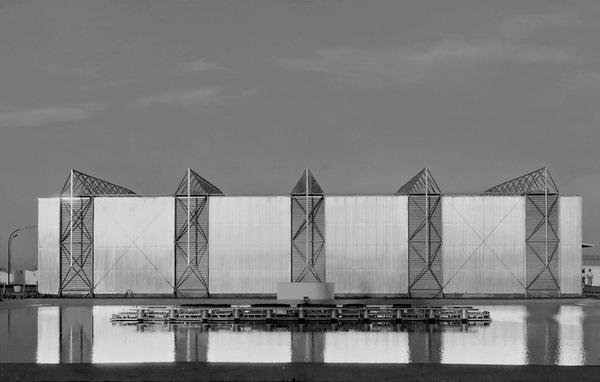
Hilla Becher
Deutsche Industrieausstellung
in Khartoum, 1961
gelatin silver print
10.5 × 26.5 cm
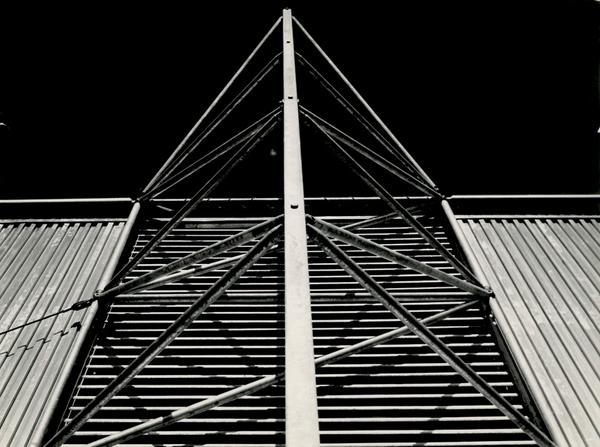
Hilla Becher
Deutsche Industrieausstellung
in Khartoum, 1961
gelatin silver print
18 × 23.9 cm
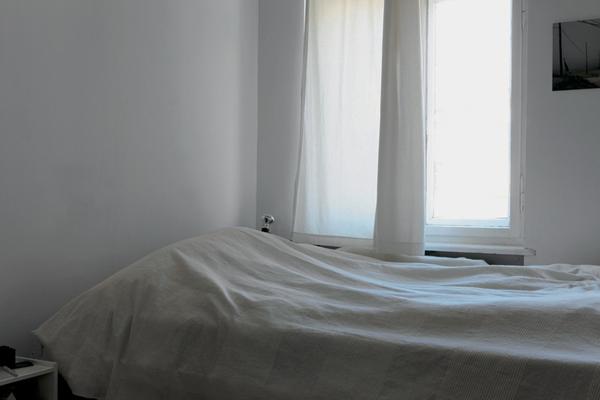
Anna Meschiari
Berlin, 2010
c-print
18 × 27 cm
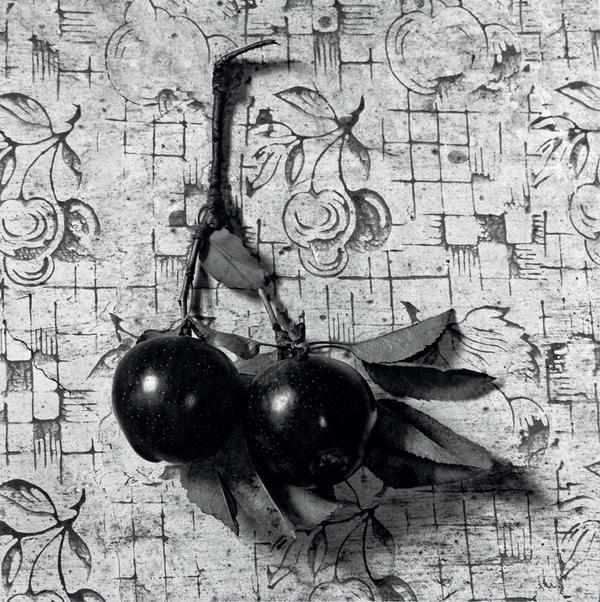
Flor Garduño
Almelita II, 2008
gelatin silver print
40 × 40 cm
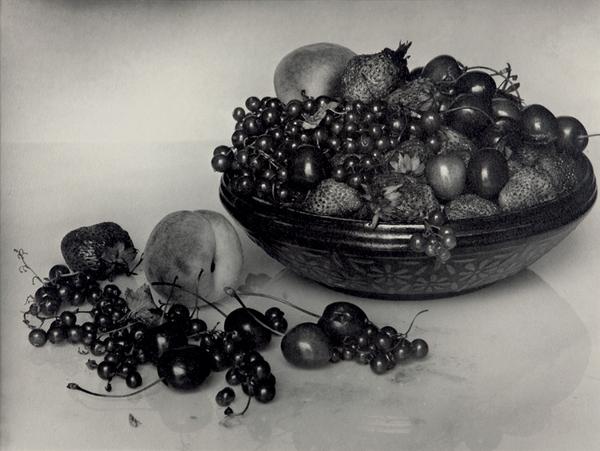
Edith Bodenstein
Still life with fruit, 1937
gelatin silver print
21 × 28 cm
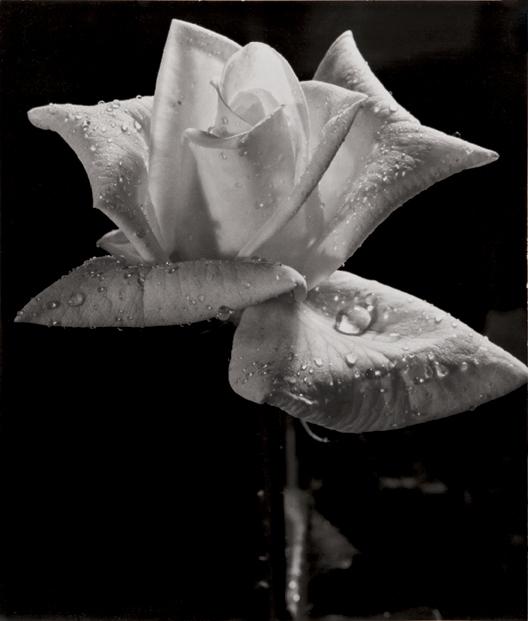
Elisabeth Hase
Rose, 1930s
gelatin silver print
18.4 × 15.7 cm
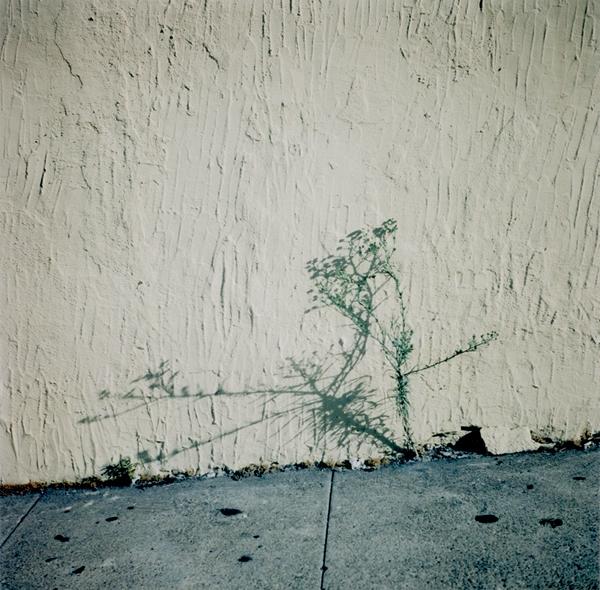
Elizabeth Chiles
Photo #3, 1990
c-print
11.5 × 11.5 cm
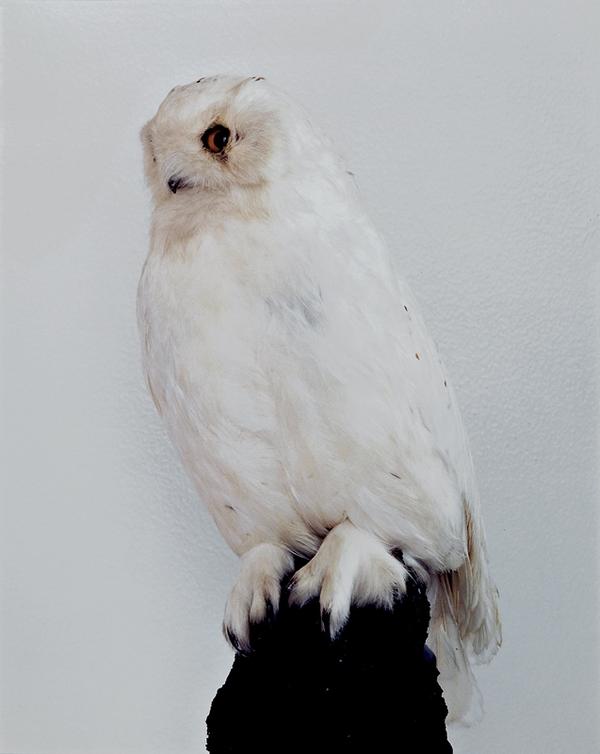
Roni Horn
Untitled, 1996-98
c-print
48.5 × 38.5 cm

Catherine Opie
Untitled #5, 1995
platinum print
5.2 × 16 cm
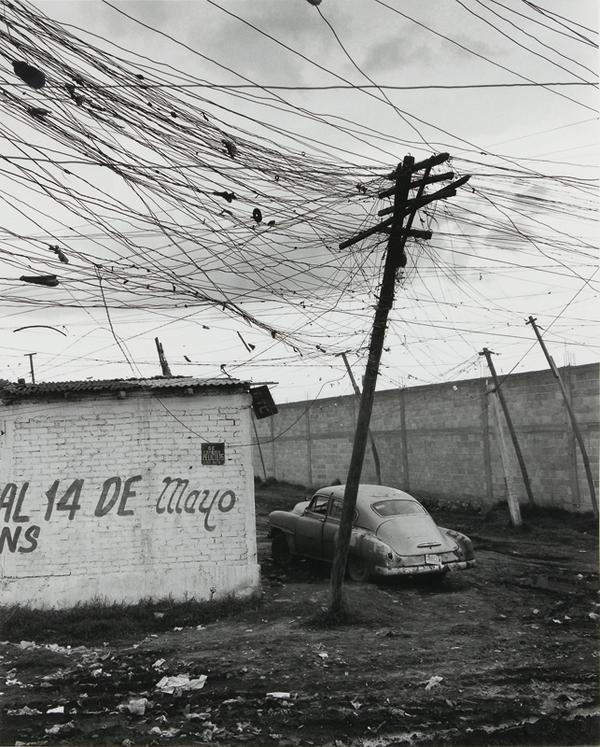
Susi Lindig
Mexico City, 1993
gelatin silver print
58.5 × 39.4 cm
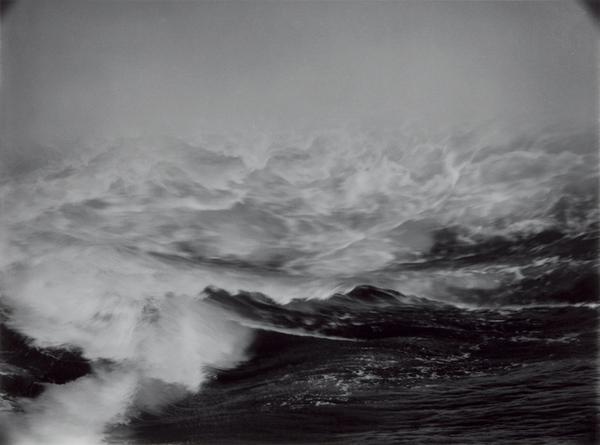
Dodo Jin Ming
Free Element Plate III, 2001
gelatin silver print
40 × 50 cm
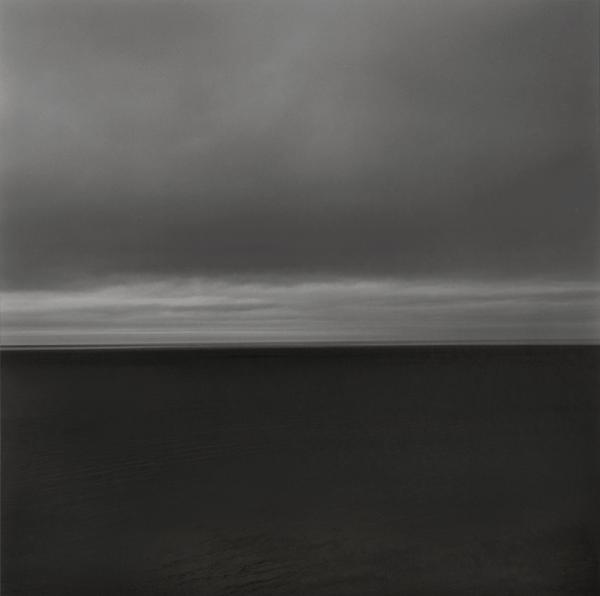
Lynn Davis
Untitled (seascape), 1994
selenium toned gelatin silver
print
80 × 80 cm
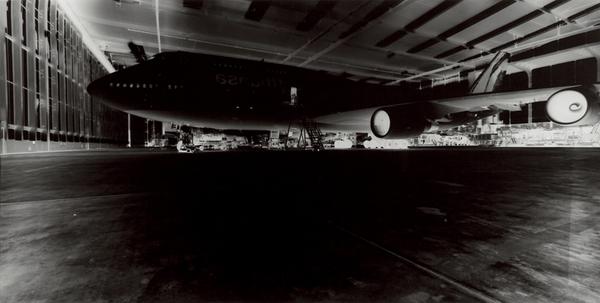
Vera Lutter
Frankfurt Airport, Hangar 5:
May 14, 2001
gelatin silver print
35.6 × 61 cm
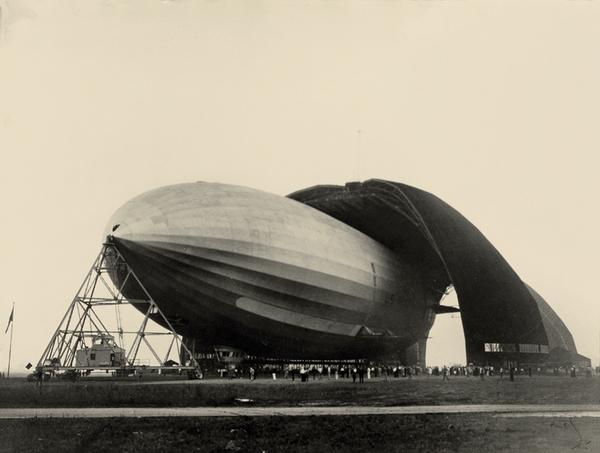
Margaret Bourke-White
United States Airship Akron,
1931
gelatin silver print
44.3 × 58.5 cm




























